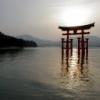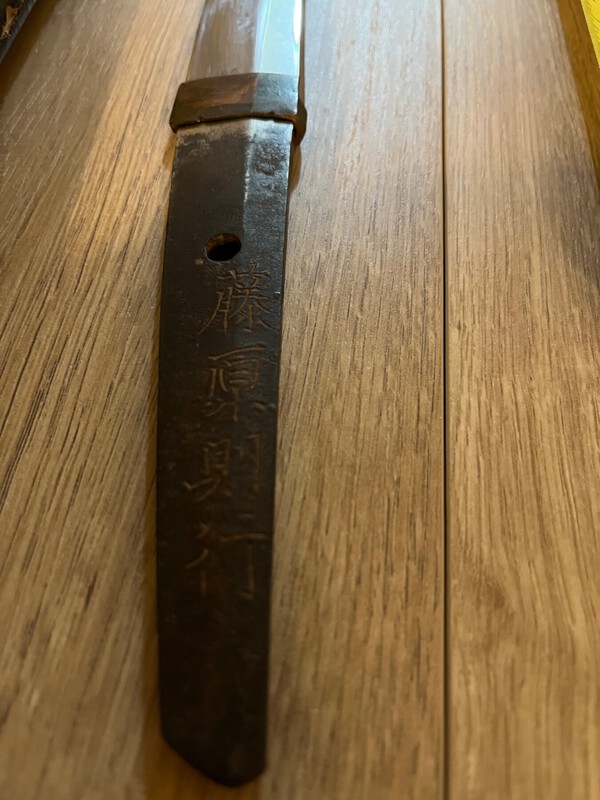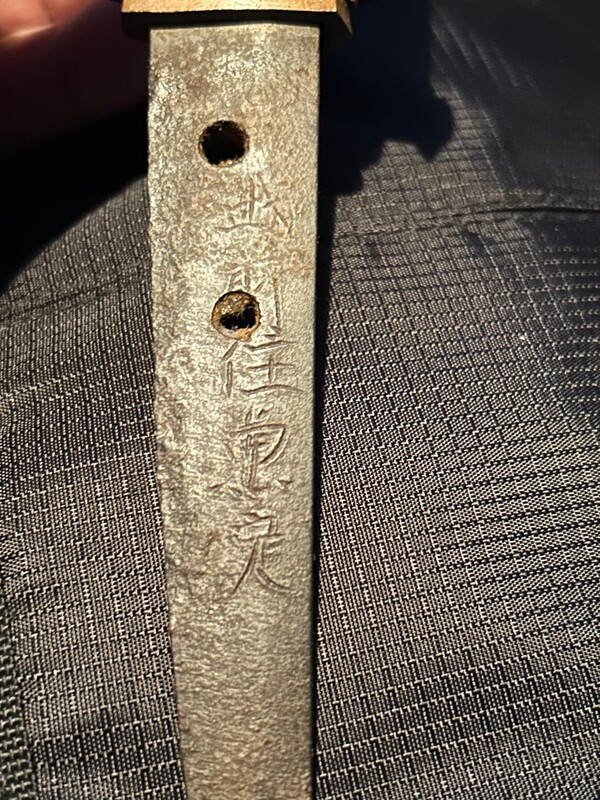
Apercus
Gold Tier-
Posts
118 -
Joined
-
Last visited
-
Days Won
1
Apercus last won the day on February 8 2021
Apercus had the most liked content!
About Apercus

- Birthday 10/26/1952
Profile Information
-
Gender
Male
-
Location:
Alabama
-
Interests
I’m interested in the metallurgy and archeotechnology of Nihonto from all eras and in the artistic /aesthetic aspects.
Profile Fields
-
Name
Shannon H.
Apercus's Achievements
-
-
I have a juyo Ichimonji tachi with vibrant utsuri appearing in an area that has .45% carbon content. I tend to think your conclusion that .45% carbon content steel can’t produce utsuri is incorrect
-
The only way to determine answers on this subject is through trial and error error controlled experimentation. Results provide bits of information. A lot of trials and results eventually define the science. Everything else is speculation and should be treated as such.
-
As a side note, Howard Clark produces Japanese styled blades in a process that maximizes banite formation instead of martensite. The process allows for an edge almost as hard but greater toughness and resistance to breaking overall.
-
I believe there are several effects that are called utsuri. The description given by Yoshindo Yoshihara I believe is describing the formation of banite in the microstructure. Banite forms at a different temperature range than martensite. It is almost as hard as martensite but is much tougher and resistant to cracking. It is very desirable from the viewpoint of structural integrity. I believe many older blades were made without the use of clay. I suspect a large bar of iron was heated to a suitable temperature and the edge of the blade to be heat treated was placed against it to allow heat by conduction. I don’t see any other simple way to achieve a controlled differential application of heat on a long slender sword without modern technology. I have experimented with this and have produced “utsuri” similar to what I see on older blades. Not every steel will produce utsuri. As Rivkin mentioned, different steels have different thermal conductivity characteristics. It is difficult to produce utsuri on most modern steels, especially with high carbon content or alloying elements. I find that tamahagane with a medium carbon content works better for producing utsuri. I did X-ray diffraction analysis on a mid kamakura tachi with vibrant utsuri and found the core steel was high carbon (.7%) while the exterior layers were mid range carbon content (.45 % to .55%). I haven’t done an exhaustive study of the effects called utsuri. I don’t have the samples, time, money, energy, etc. These are just my limited observations from several years ago, so take that into account.
-
A friend sent poor photos of a wakizashi someone gave him to practice sharpening with. He has forged and sharpened blades at the blacksmith shop in the past. Luckily after looking at it he decided it might be something he has no business doing anything to it. I don’t have my books with me but thought I might ask if anyone can make out the mei well enough from the poor photos to translate. I’ll help him know what he has and how to care for it or how to get it in the right hands of someone who will care for it if he wants to sell. The photos are a little out of focus and the characters are hard to see well.
-
Thank you once again
-
I haven’t gotten the province yet. I think it’s followed by “ju Kanesada”. I’m trying to figure out which Kanesada this katana proposes to be. Any help is appreciated. I’ll send photos and description this weekend.
-
Thank you
-
-
There are many books and recipes for producing patinas on metals. I have several. Anyone with the time and resources to allow for experimentation should be able to produce an acceptable patina. Luckily, most who produce artificial patinas are not patient or fail to put out the effort to do it well. If you find a technique that works well please don’t publish it. We don’t want to educate grifters.
-
It was quit a few years ago
-
Nice to see the photos. The display I saw at the V & A museum was dark and afforded no real view of anything.
-
I don’t disagree with any of the posts here. All seem to be good ideas and well thought out. I haven’t seen a thorough analysis of the metallurgy of utsuri. It would have to be comprehensive because not everything we call utsuri is the same micro structure or at least that’s my opinion. Banite formation is one of the results that we call utsuri. It forms at a different temperature than martensite and can be produced without clay. The heat is introduced at the edge of the blade and is not allowed to spread across the full width before quench. Imagine holding a blade edge against a heated block of steel to transfer heat to the blade. Quench before the heat travels uniformly across the width. The band of banite will appear seperated from the martensite. I have found that not all steels will produce this effect. Low allow and mid to low carbon content works best for me. I haven’t done anything comprehensive in testing many allows so I’m speaking from limited first hand experience. Think about the effect you see on a blade damaged in a fire and then reheat treated. The whitish band between the nakago and the blade which is an indicator of reheat treatment is the same thing as some of the effects we call utsuri. if you want to test this yourselves take a bar of low allow medium to low carbon steel (something like 1045 steel) and heat the tip of one end. Quench and then polish it.




















